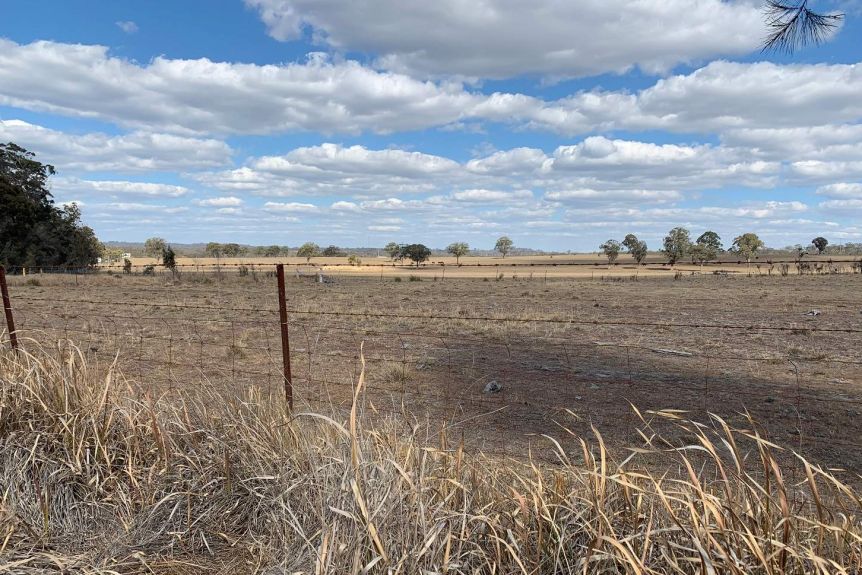The Millennium Droughts and Australian Agriculture
| Climate change has its effects on countries all over the world. For Australia, its effects begin at the depletion of the ozone layer which in turn is making ground and soil dryer over time. The 2019-2020 deadly wildfires were fueled by extreme heat and prolonged drought. This lead to over 2 million acres falling victim to the brush fires. But what other ways will agriculture feel the effects of droughts? In the new article “The Millennium Droughts and Australian Agricultural Productivity Performance: A Nonparametric Analysis” in the American Journal of Agricultural Economics, authors, Yu Sheng from CCAP-PKU, Robert Chambers from the University of Maryland, and Simone Pieralli from Massey University New Zealand, dive in deeper on what role climatic factors played in affecting the observed slowdown in Australian agricultural total factor productivity growth at the turn of the 21st century. The results show that the productivity slowdown was not associated with a slowdown in technological innovation but with possibly climate-related changes in the diffusion of technological advances. Sheng says, “Our analysis incorporates climate-related factors directly into the productivity accounting exercise that allows us to decompose productivity growth changes into four components: technological advance, scale effects, efficiency (diffusion) effects, and weather-related effects… Successful adaptation to climate change will require improved diffusion of available technological advances and innovations. The drought-relief policies should focus more on improving farmers’ ability to adopt technological innovations in the regions struggling the most to adapt to.” |




